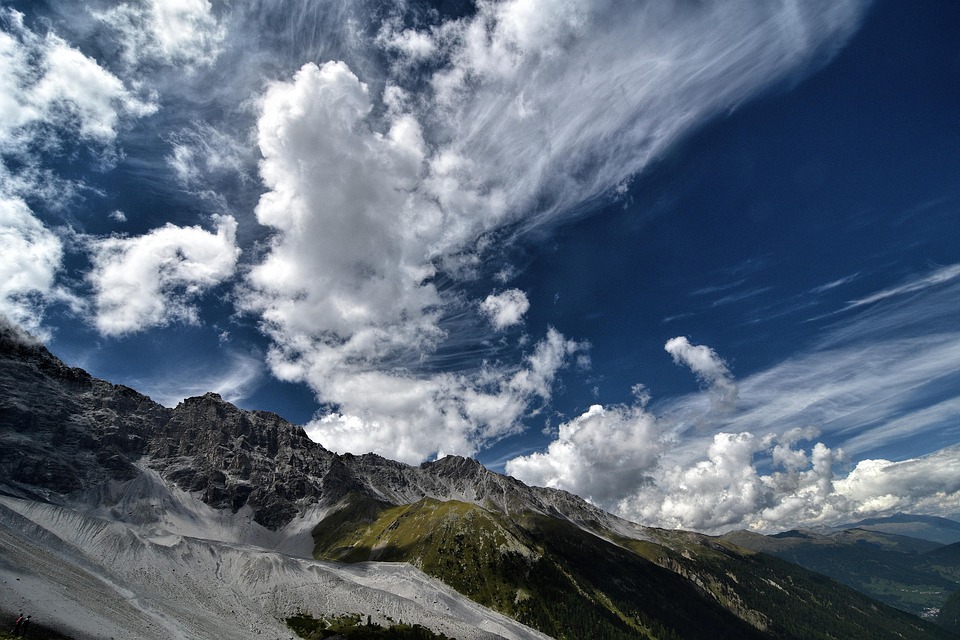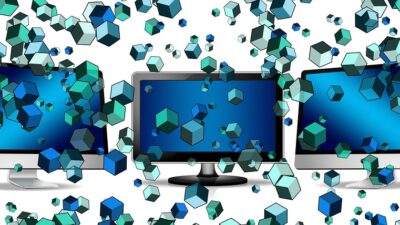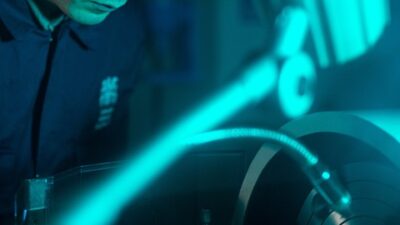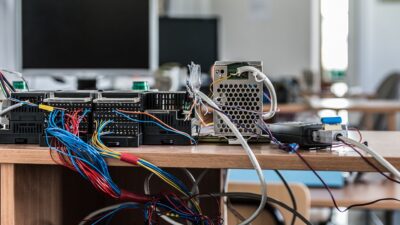In the digital age, creativity is undergoing a revolutionary transformation thanks to the advancements in deep learning. Machines are no longer limited to performing repetitive tasks; they are now capable of generating art and composing music, thus bridging the gap between technology and creativity. This article explores how deep learning is unlocking new dimensions in artistic expression and reshaping the creative landscape.
Understanding Deep Learning
Deep learning, a subset of artificial intelligence (AI), involves training neural networks on vast datasets to recognize patterns and generate content. By manipulating layers of artificial neurons, deep learning models can analyze data, learn from it, and make informed predictions or creations. With techniques such as convolutional neural networks (CNNs) for images and recurrent neural networks (RNNs) for sequences like music, these models can produce original works that challenge traditional notions of creativity.
The Emergence of AI Art
Generative Adversarial Networks (GANs)
One of the most significant breakthroughs in AI art has been the development of Generative Adversarial Networks (GANs). A GAN consists of two neural networks—the generator and the discriminator—working in opposition. The generator creates images, while the discriminator evaluates them, providing feedback to improve the generator’s output. This continuous loop results in stunning images that blur the lines between human and machine-made art.
Artists have embraced GANs to create visually arresting pieces. For instance, the famous artwork "Edmond de Belamy," created by the Paris-based collective Obvious, was produced using GAN technology and later sold at auction for an astonishing $432,500. Such instances raise intriguing questions about the value of art, authorship, and the role of artists in a world where machines can create.
Style Transfer
Another compelling application of deep learning in art is style transfer, which allows machines to apply the style of one image to the content of another. This is achieved using neural networks to analyze the style features and content features separately. By combining these two elements, artists can create visually striking works that resonate with various artistic influences. Apps like Prisma have popularized this technology, allowing anyone to transform their photos into artworks reminiscent of Van Gogh or Picasso.
Revolutionizing Music Composition
Neural Networks in Music Creation
Deep learning is equally transformative in the realm of music. Various neural networks have been designed to compose melodies, harmonies, and even entire orchestral pieces. Systems such as OpenAI’s MuseNet and Google’s Magenta project utilize RNNs and LSTMs (Long Short-Term Memory networks) to analyze vast music datasets, learning patterns of composition in different genres.
These systems can generate original music that mimics the style of well-known composers or even create entirely new genres. Although these AI-generated compositions are often met with skepticism, they challenge the conventions of creativity and push the boundaries of musical expression.
Collaboration Between Humans and Machines
Rather than replacing musicians, deep learning models serve as collaborators, providing new tools for creativity. Artists can use AI to explore new musical avenues and gain inspiration. For instance, Human-AI interactions, such as the AIVA (Artificial Intelligence Virtual Artist), allow musicians to co-create, receiving suggestions for chord progressions, melodies, or even lyrics. This collaborative approach fosters innovation, encouraging artists to experiment while leveraging the analytical power of deep learning.
The Implications of AI in Creative Fields
Redefining Creativity
As machines begin to play a significant role in the creative process, the definition of creativity itself is evolving. Traditionally perceived as an exclusively human trait, creativity is now shared between humans and intelligent algorithms. This shift not only raises questions about originality and authorship but also compels us to redefine what it means to create.
Ethical Considerations and Ownership
The rise of AI-generated art and music also surfaces ethical concerns. Who owns the rights to a piece created by an AI? Can an algorithm-generated work be considered "original" if it is trained on existing datasets? These questions challenge existing copyright frameworks and require the legal system to evolve in tandem with technological advancements.
Conclusion
Deep learning is a powerful catalyst for change in the realms of art and music, unlocking creative potential previously unimaginable. This fusion of technology and creativity not only elevates artistic expression but also prompts us to reconsider the essence of creativity itself. As we continue to navigate this uncharted territory, the possibilities for innovation and collaboration between humans and machines seem limitless. The future of art and music appears brighter than ever, as deep learning becomes an integral part of the creative journey.



